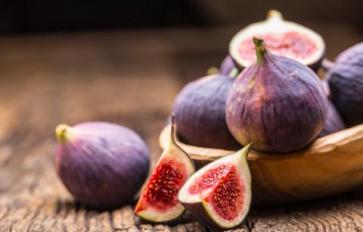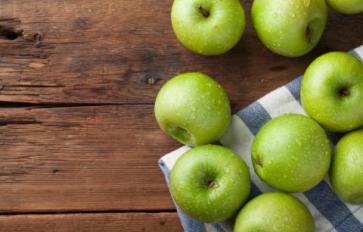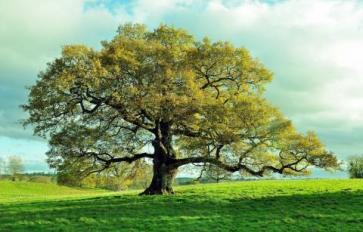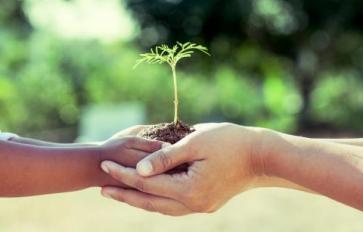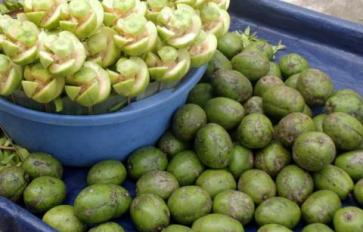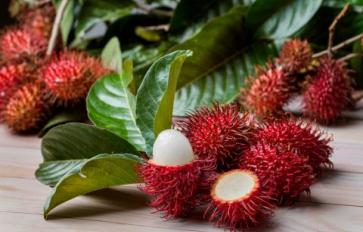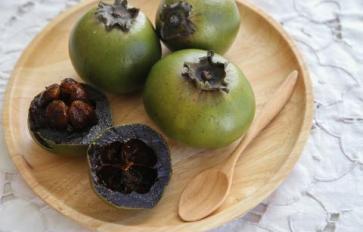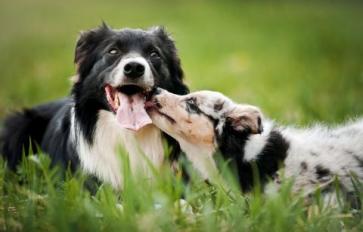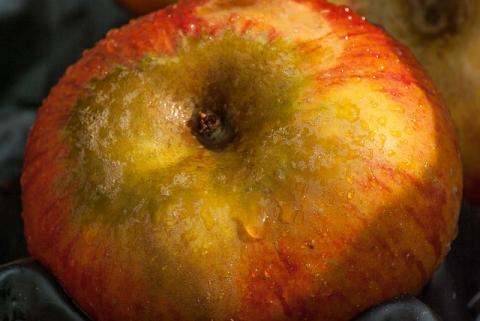
There is no other sensation like the first bite into a crisp, cold autumn apple. The snap of the skin, followed by a rush of juice and “tooth freeze” that makes you stop biting for a moment. But then you have to finish it, chewing into the sweetness until there is only a narrow core left.
Varieties of apples aren’t limited to the monster fruits you see in the grocery store. There are hundreds of antique heritage varieties, lovingly tended by orchardists who see past the lumpy, imperfect outside to uncover pure goodness and diversity.
Thousands of apple varieties grew in the United States in the 1800s. When agriculture morphed into a robotic industry, apples had to look a certain way and meet a standard of size and uniformity. The unchosen apples started to fade from the limelight. Consumers soon forgot about their existence, and trees were uprooted in favor of manipulated types. Grocery stores offered a sampling of apple types - Macintosh, Granny Smith, Red and Yellow Delicious, for example.
But dedicated orchardists believed that the ancient varieties needed to be saved. They began to search for and take cuttings from original trees, some of which were more than 100 years old. The names are as varied as the colors, sweetness and usefulness; Arkansas Black, Rusty Pippin, and Cheese are just a few examples.
Although saving seed can preserve heritage vegetable and fruit varieties, the same method cannot be used with apples. An apple is a product of a known mother tree pollinated by an unknown father tree with the help of insects such as honeybees.
To copy the apple, the tree must be copied - by grafting a branch of that tree onto an established rootstock. The most well-known apples began as twigs – John McIntosh found his namesake dark red apple on a seedling tree in Ontario, Canada, and grafted a twig around 1811.
Seedlings are available at many orchards across the country, including the Heirloom Orchardist, Seed Savers, and Trees of Antiquity.
Henry David Thoreau said,“Almost all wild apples are handsome. They cannot be too gnarly and crabbed and rusty to look at. The gnarliest will have some redeeming traits even to the eye.” This fall, consider passing up the Giganto-apple varieties to pick apples at a nearby heirloom apple orchard. Embrace the individuality of the smaller, spotted, somewhat bug-bitten apple that may have descended from trees that were lovingly grafted and grown by thrifty homesteaders. When you do, you will take a bite of history.

